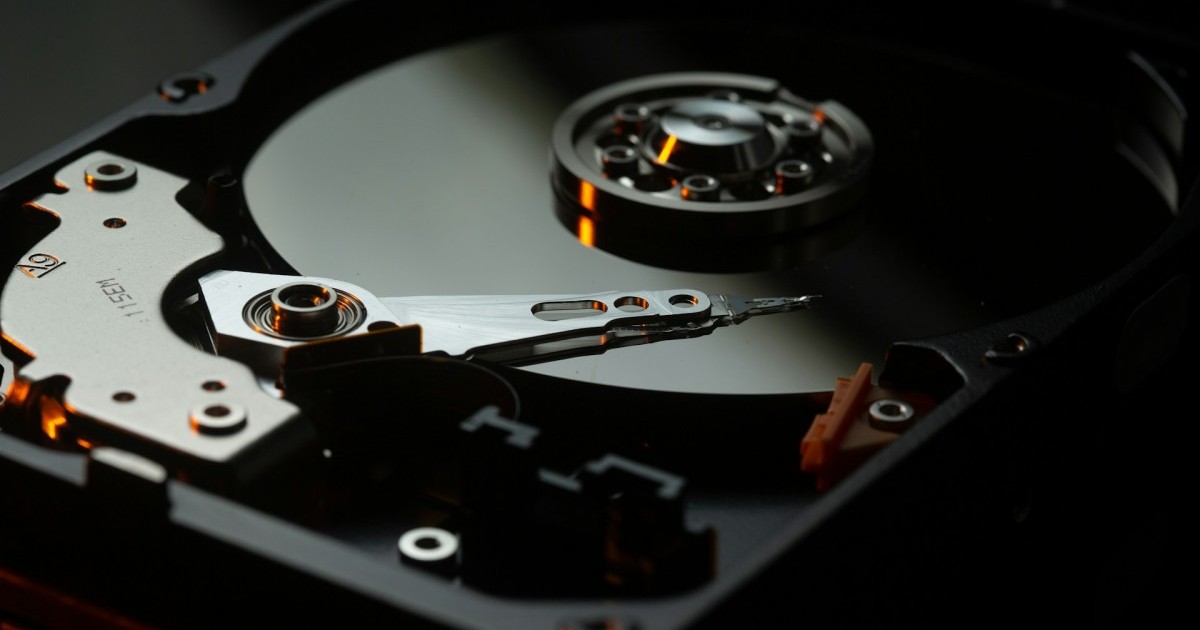This guide walks through setting up a dedicated logical volume, formatting it, mounting it, configuring Samba, and accessing it from a Windows client — using user-based authentication.
✅ 1. Check Available Space in Your Volume Group
sudo vgdisplay
Look for the Free PE / Size — it should show free space (e.g., ~647 GB).
✅ 2. Create a Logical Volume
sudo lvcreate -l 100%FREE -n data-lv ubuntu-vg
This creates a logical volume named data-lv using all available free space.
✅ 3. Format the Logical Volume
sudo mkfs.ext4 /dev/ubuntu-vg/data-lv
Formats the new logical volume with an ext4 filesystem.
✅ 4. Mount the New Volume
sudo mkdir /data
sudo mount /dev/ubuntu-vg/data-lv /data
df -h /data
Verify the new volume is mounted and check available space.
✅ 5. Reclaim Reserved Space for Root
You may see slightly less space available (e.g., 604G instead of 636G).
By default, ext4 reserves 5% of space for root. To reclaim it:
sudo tune2fs -m 0 /dev/ubuntu-vg/data-lv
🔍 Why?
This command sets the reserved block percentage to 0%, giving back all usable space to users. Ideal for dedicated data drives.
✅ 6. Configure Auto-Mount in /etc/fstab
Get the UUID:
sudo blkid /dev/ubuntu-vg/data-lv
Edit fstab:
sudo nano /etc/fstab
Add this line (replace UUID with your actual one):
UUID=e22f2118-6818-4a4c-8dae-c5b885c5f02d /data ext4 defaults 0 2
Apply the changes:
sudo mount -a
✅ 7. Set Permissions for Samba Access
Set ownership and permissions to your Linux user:
sudo chown -R faisal:faisal /data
sudo chmod -R 770 /data
✅ 8. Restore a Clean Samba Configuration
If you previously modified /etc/samba/smb.conf, restore a clean one:
sudo cp /etc/samba/smb.conf.bak /etc/samba/smb.conf
Or reinstall Samba defaults if necessary.
✅ 9. Create a Samba User
sudo smbpasswd -a faisal
Set a password when prompted.
✅ 10. Configure Samba Share
Edit the Samba config:
sudo nano /etc/samba/smb.conf
At the bottom, add:
[data]
path = /data
browseable = yes
read only = no
valid users = faisal
Then restart the Samba service:
sudo systemctl restart smbd
✅ 11. Open Firewall Port (if applicable)
If you’re using UFW (Uncomplicated Firewall):
sudo ufw allow 'Samba'
✅ 12. Map Network Drive from Windows Explorer
- Open File Explorer
- Right-click on This PC → Map Network Drive
- Choose a drive letter (e.g.,
Z:) - Folder:
\10.0.1.10\data - Check Reconnect at sign-in
- Enter credentials:
- Username:
faisal - Password: [Your Samba password]
- Username:
You’re right — Markdown blocks should be formatted clearly without mixing triple backticks (```) with normal text unless you’re including code inside the Markdown.
Here’s a clean and correct .md snippet for your documentation, with proper formatting:
🫥 Optional: Fully Hide lost+found from Windows Clients via Samba
When you format a drive with the ext4 filesystem, Linux creates a lost+found folder at the root. This is used internally by the system for recovering file fragments during disk checks (fsck). While it’s essential for the filesystem, it’s not useful for end users — and may clutter your view when accessing the share from Windows.
If you’d like to completely hide this folder from Windows (so it doesn’t appear even with “Show hidden files” enabled), use Samba’s veto files option.
🔧 Update Your Samba Configuration
Open your Samba configuration file:
sudo nano /etc/samba/smb.confIn your
[data]share section, add theveto filesline (and remove or comment out anyhide filesline if present):[data] path = /data valid users = faisal read only = no browsable = yes veto files = /lost+found/Save and exit the file, then restart Samba:
sudo systemctl restart smbd
✅ Result
lost+foundwill be completely hidden from Windows clients.- It remains fully accessible and functional on the Linux system (as required).
- This is a safe and clean way to reduce visual clutter in your Samba share.
Done! ✅
🎉 You’re all set!
You now have a clean and secure user-authenticated Samba share accessible from Windows.
